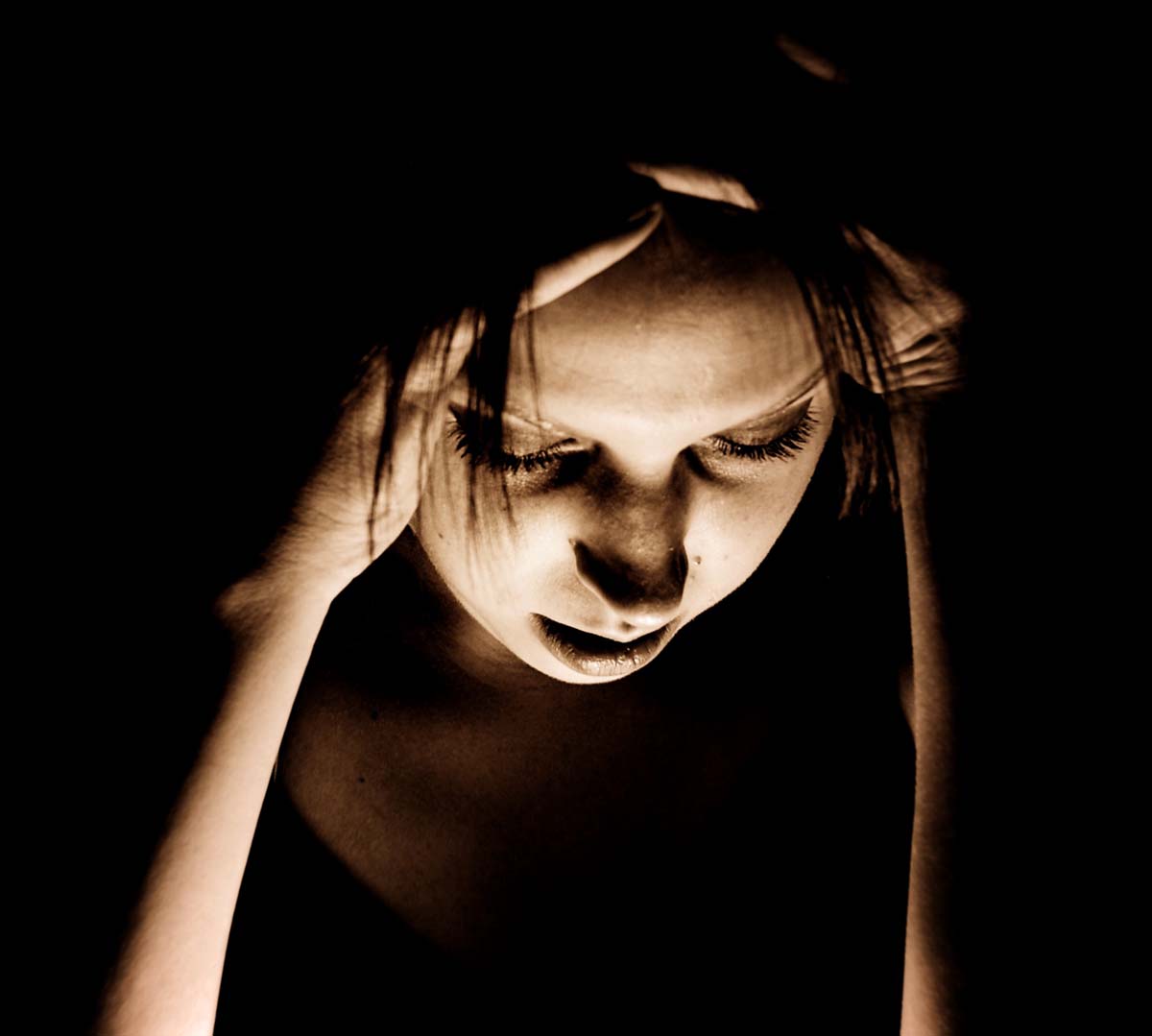
Migraines Overview
Migraines can be defined as syndrome that includes intensive headaches, changes in perception, and nausea. In majority of patients the migraines affect one part of the head. This medical condition can affect people of all age. The actual cause of migraines has not been established yet. Still there is a hypothesis that the pain is caused by simulation of the nerves which innervate specific brain blood vessels. In migraines these blood vessels initially widen and then they constrict. Even though migraines run in some families it has not been confirmed that this condition is hereditary.
There are numerous triggers of migraine attacks and they vary from person to person. In some patients certain food triggers the attack. It has been reported that some sort of cheese, wine or chocolate can be a cause of the attack. Additionally, migraines occur after exercise, emotional or stressful events, exposure to bright light and/or noise. In women premenstrual imbalance of hormones can be a cause of migraines. Even lack of sleep and alcohol consumption can lead to migraine attack.
Symptoms of Migraines
Typical migraine attack consists of bouts of headaches which last approximately 4 to 72 hours. Only one side of the head is affected by headaches. Still the pain may transfer from one side of the head to the other. The intensity of the headaches increases with exposure to noise and people become sensitive to light. Nausea and vomiting almost always accompany headaches.
Right before the attack a person may experience so called aura. Aura is sort of introduction to migraines and features with visual sensations such as zigzag lines and flashing lights across the edges of the visual field.
In rather rare cases if attacks are extremely intensive one may temporary lose strength of the extremities or experience problems with speech.
Diagnosis of Migraines
The diagnosis of migraines can be set by neurologist. Neurologist performs specific examinations and has to rule out other conditions such as meningitis or a stroke. After several attacks the doctor can be completely sure that the patient is suffering from migraines. Still in some patients brain scan is required.
The doctor will also ask certain questions to the patient in order to find the triggers of the attacks. This way the patient can successfully prevent attacks by avoiding certain foods or patterns of behavior.
Treatment of Migraines
There are numerous medications that can be used in migraines. Firstly, all the trigger factors need to be eliminated. If the attack eventually occurs the patient is advised to lie in the dark room. The best results of the treatment are achieved if the medications are administered at the very beginning of the attack. In some patients painkillers such as paracetamol, Aspirin or non-steroidal anti-inflammatory drugs can be efficient. Additional medications are those which fight against nausea and vomiting.
If all the previously mentioned medications show no effect the patient is given a drug from the 'triptan' group of medications.
If the period between two attacks is short or patient suffers from frequent attacks in short period of time the doctor can also prescribe some medications prophylactically. They include propranolol, pizotifen, and topiramate and so on.





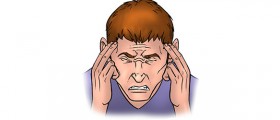



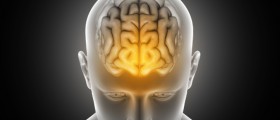
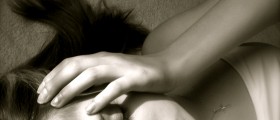
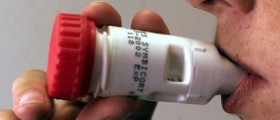


Your thoughts on this
Loading...